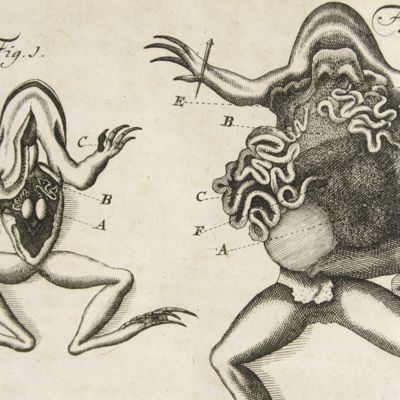Audebert, J. B.
Histoire naturelle des singes, peints d'après nature. [AND] Histoire naturelle [des singes et] des makis. [Complete].
Paris, l'Auteur, [AND] H. J. Jansen, 1797-[An 8 = 1799]. Two volumes in one. Folio (49.2 x 31.8 cm). Three half-titles, two title pages; 178 pp. [24, 4, 4, 10, 4, 8, 10, 24, 14, 8, 10, 8, 44, iv, 2]; 63 engraved plates of which 61 finely colour-printed, with additional original hand-colouring, and two plain, as intended. Contemporary, empire style, full calf. Boards with triple gilt borders and embossed floral vignettes, central vignette of a lyre. Spine with seven raised bands, gilt vignettes (vases) and morocco label with gilt title. Later marbled endpapers.
One of the most beautiful works on apes, monkeys, lemurs, and lorisoids, as well as the "flying" colugos. "This is the first original work of Audebert, the distinguished French naturalist and artist. The figures were drawn and colored after a special process invented by himself" (Wood). The two anatomical plates are plain engravings, mainly showing bones and skulls. The text is complete, including the list of subscribers and three half-titles (one to the singes, one to the makis, one to both). Jean Baptiste Audebert (1759-1800) "...studied painting and drawing at Paris, and gained considerable reputation as a miniature-painter. Employed in preparing plates for the Histoire des Coléoptères of Guillaume-Antoine Olivier, he acquired a taste for natural history. His first original work, Histoire naturelle des singesappeared in 1800, illustrated by sixty-two folio plates, drawn and engraved by himself. The coloring in these plates was unusually beautiful, and was applied by a method devised by himself" (Wikipedia). Some skilful repair. Weak damp stain to part of the top margin of plate II; half-title to the "makis" foxed; locally a few spots, mainly on the blank plate versos, but generally very clean; tiny hole in one plate margin; worm hole in the inner margin of the last six text leaves. In all a very good, complete copy of this rare work. Nissen ZBI, 156; Casey Wood, p. 206.
![Histoire naturelle des singes, peints d'après nature. [AND] Histoire naturelle [des singes et] des makis. [Complete].](https://schierenberg.nl/media/cache/product_thumb/71213/71213_x.jpg)

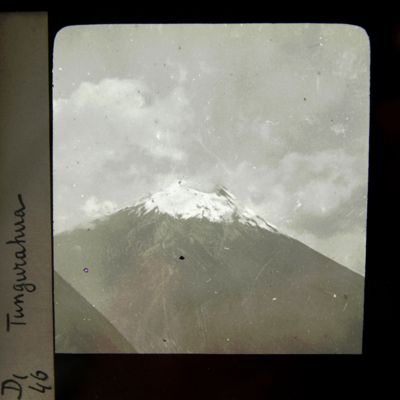
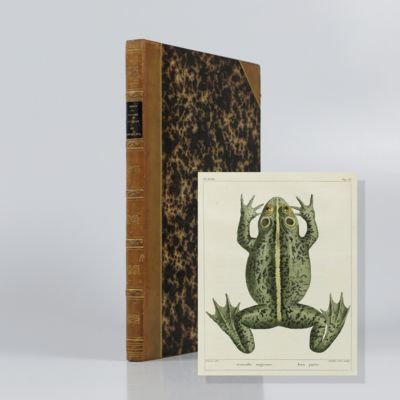
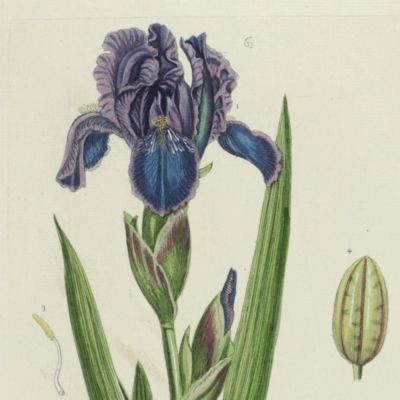
![image for Iconographie ichtyologique de l'Indochine: Poissons des campagnes du "de Lanessan" (1925-1929). 1re partie. [All published].](https://schierenberg.nl/media/cache/product_thumb/16588/16588_x.jpg)
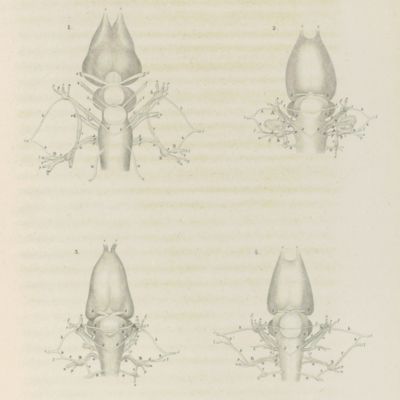
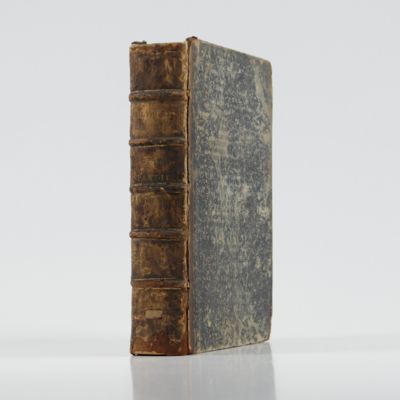
![image for <em>Xenopus rothschildi [lithographed plate of an undescribed frog]</em>](https://schierenberg.nl/media/cache/product_thumb/69762/69762_x.jpg)
![image for Halenza's neuestes Rhein-Panorama von Mainz bis Cöln. Einziges, durch die Berliner und Frankfurter Künstler gefässtes Urtheil, anerkanntes Kustwerk. Panorama du Rhin depuis Mayence jusq'à Cologne. Panorama of the Rhine, from Mentz to Cologne. [Complete with the rare text volume].](https://schierenberg.nl/media/cache/product_thumb/68289/68289_x.jpg)
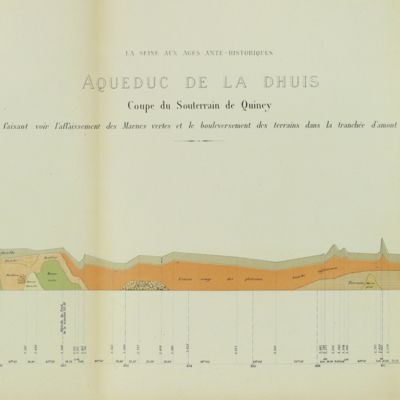
![image for Giant lizard, snake, small lizard and bird [Plate 99 of Seba's <em>Locupletissimi rerum naturalium thesauri accurata descriptio</em>].](https://schierenberg.nl/media/cache/product_thumb/72404/72404_x.jpg)
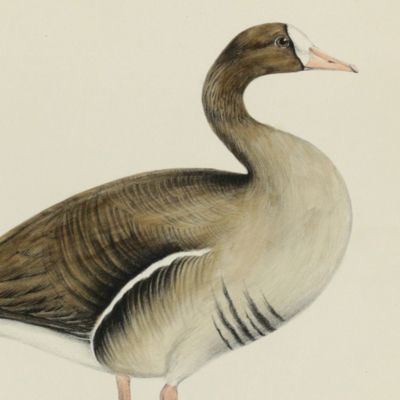
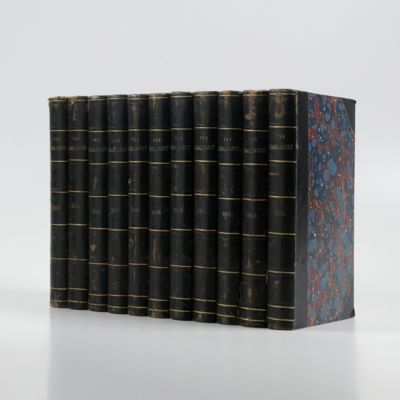
![image for The salmon rivers of Ireland. Volumes I-II. [Complete].](https://schierenberg.nl/media/cache/product_thumb/65554/65554_x.jpg)
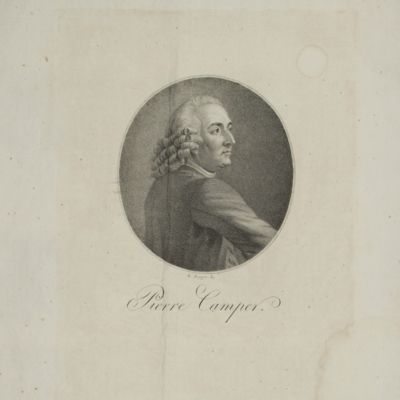
![image for Deutschlands freilebende Süsswasser-Copepoden. I Teil: Cyclopidae, II Teil: Harpacticidae, III Teil: Centropagidae, [IV] Nachtrag zu den Familien der Cyclopiden und Centropagiden, zugleich ein Begleitwort zu der Bearbeitung der Süsswasser-Cyclopiden und -Centropagiden im "Thierreiche".](https://schierenberg.nl/media/cache/product_thumb/54175/54175.jpg)
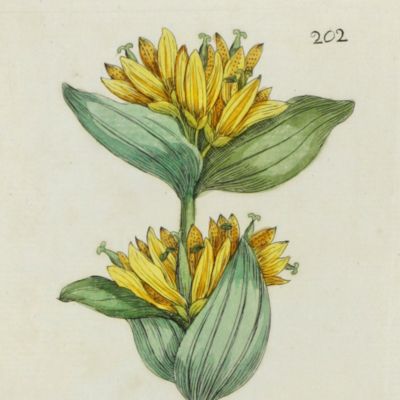
![image for Diagnoses algarum novarum. Post sylloges editionem descriptarum. I (Centuriae I-XI) [AND] II (Centuria I). [All published].](https://schierenberg.nl/media/cache/product_thumb/46582/46582_x.jpg)
